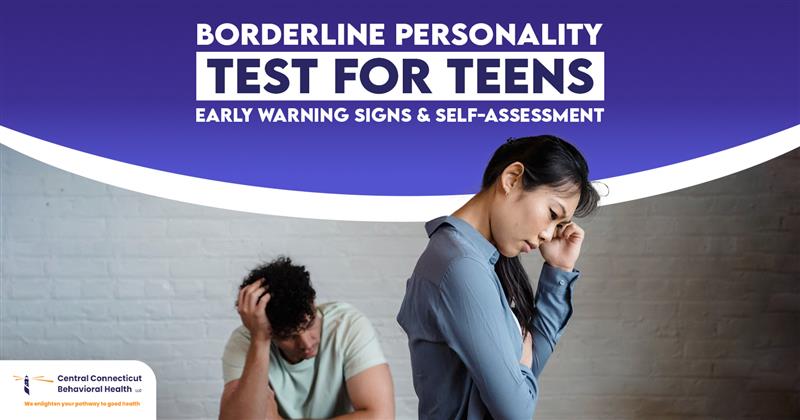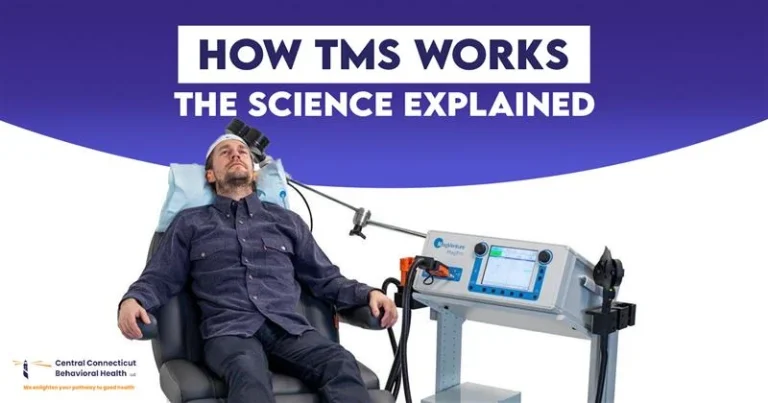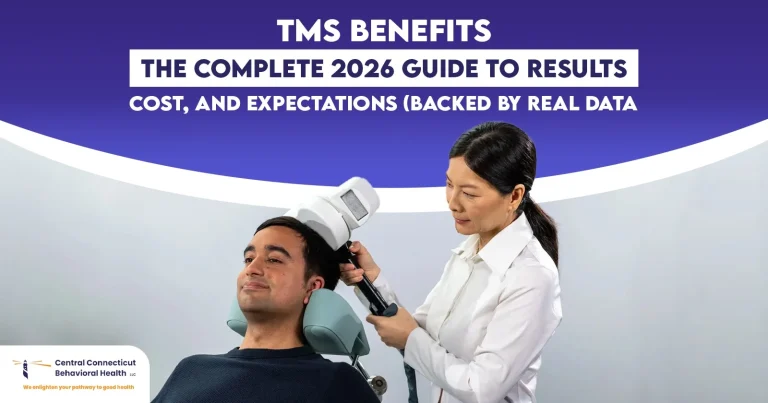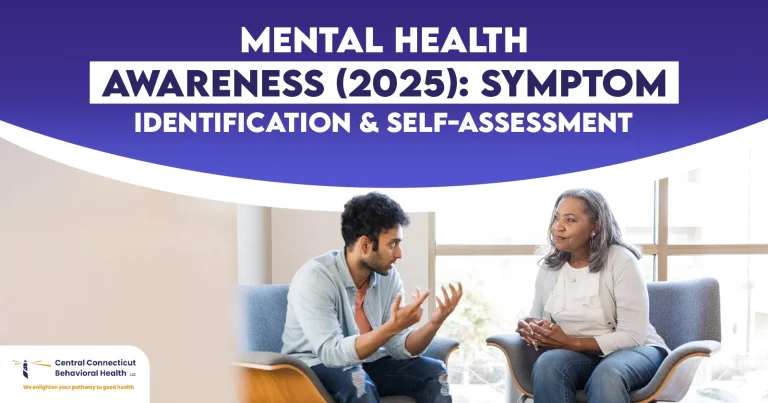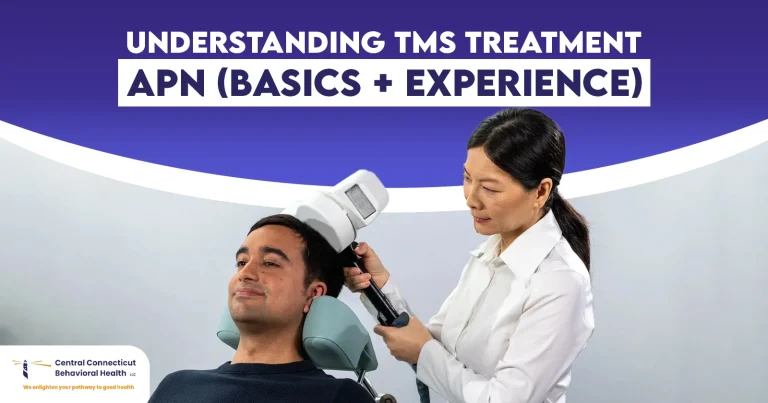The BPD is a mental condition that imposes patterns of thinking, emotions, and behaviors in individuals. Even though BPD is primarily diagnosed in adulthood, the condition can also occur in adolescence. In view of the high emotional, self-image issues, and the relationship issues that accompany this disorder, it is of utmost importance that parents and their caregivers are aware of the early signs of BPD among teens. These symptoms could be detected early enough through a borderline personality disorder test for teens to ensure that interventions are made in time.
Borderline Personality Disorder Test for Teens
The BPD disorder is a complicated mental dysfunction, and it includes excessive emotional responses, the fear of being forsaken and impulsivity, poor self-image, and the inability to establish healthy bonds. During the young age, it may occur in many forms, including the presence of the extremity of moods, the sense of emptiness, which is typically experienced, and the inability to cope with relationships with other pupils and family members.
What Does Borderline Personality Disorder Look Like in Teens?
Among teenagers, BPD symptoms could present themselves in many different ways:
- Extreme mood swings on one hand; on the other extreme, happy or sad, or angry.
- Fear that it will send loved ones away might cause desperate efforts in trying to prevent abandonment.
- Driving under the influence, self-harm, and substance addiction are among the dangerous actions.
Do Adolescents develop BPD?
One could contend that adolescents suffer from borderline personality disorder. Many of the signs are linked with the illness; thus, BPD is sometimes not identified in adolescence; for instance, inherently linked to the adolescent development period are impulsivity and emotional instability. One should be able to tell a teenager’s ordinary conduct from the one that which could point to a more serious ailment, such as BPD. According to the study, between 1 and 3% of the general population has BPD; the prevalence of this disease is significantly higher in those seeking mental health care.
Early Warning Signs of Borderline Personality Disorder in Teenagers
Pinning parents in the right direction will help them recognize the first signs of BPD in adolescents. Among these early warning indicators are:
- Unusually extreme mood changes appear to be out of line with the circumstances.
- Unexpected, big shifts in self-image, including worthlessness or failure.
- Self-harm is cutting, burning, or other forms of physical harm.
BPD Test for Adolescents: Is it Accurate?
One can find a test of teenage borderline personality disorder. These tests typically entail a series of questions about self-image, emotional patterns, relationships, and behaviors. Although these tests or screenings are not conclusive, they can still be an excellent point of departure to further psychological investigation by a professional. At an early stage, prevention will be through early diagnosis, which is essential in controlling symptoms as well as preventing the disease from having a permanent impact on the life of the teenager.
Teen Borderline Personality Disorder Quiz: How It Works
The standard teen borderline personality disorder quiz is comprised of questions of emotional patterns and behavioral tendencies. These frequency and intensity questions on specific symptoms, such as mood swings, impulsive behavior, or fear of abandonment, involve quizzes.
Questions might include:
- Now and then, do you feel drained out or like you have no heart?
- Do you fear people will leave you, although they have not given any indication to that effect?
- Have you ever experienced some unpredictable relations with your friends or relatives?
- Similar to medicine use or risky behavior, or inconsiderate behavior.
Risk Factors for Borderline Personality Disorder in Teens
Several circumstances can make a teenager more likely to develop BPD. These could include:
- The likelihood of BPD as a genetic component is raised by personality disorders or mental illnesses in family members.
- The changes in the brain activity and structure of borderline personality disorder indicate the possibility of an inherited factor.
- High-stress situations, family discord, or disorder in society may result in the symptoms being even more pronounced in children with BPD.
- Childhood traumas, abuse, neglect, or abandonment are extremely related to BPD.
How to Talk to My Teen About a Borderline Personality Disorder Test
Talking mental health with your child might not be an easy job, yet a youngster must grow emotionally. BPD is what? Therefore, your teenage kid has to have you thoughtfully and sensitively discuss the dialogue. The following are some pointers:
Hear your teen without criticism or humiliation; be unbiased.
- Tell your teen that their emotions are valid and significant and that getting assistance is a sensible first step; help them through and calm them. Heading the correct way will help to guarantee better mental health.
- Show your teenager that seeking strength is not a sign of weakness and that you will motivate the teenager; offer help.
Can Teens Be Diagnosed with Borderline Personality Disorder?
Yes, it is possible to diagnose teenagers with a borderline personality disorder (BPD) yes, yet the process of diagnosing BPD in children is very prudent and deliberate. The majority of behaviors related to BPD, including moods, confusion over identity, close friendship, and impulsivity, are also typical of the development of an average teenager and therefore Clinicians are attempting to define one and a uniform commonality that leads to excessive problems at home, at school, or with the people around him or her.
Standardized questionnaires, reports by parents, caretakers, or teachers, and clinical interviews with the teenager will be used by a licensed mental health specialist who typically gathers information from various sources. They will determine the recurrence of the symptoms in other circumstances, with time, and whether they are more truly due to drug usage, to a mood or to a trauma, to an anxiety disorder, or to some other health or developmental problem.
Borderline Personality Disorder Test for Teen Girls
Boys and girls both have borderline personality disorder (BPD), although girls’ BPD is mostly diagnosed during their teenage years. Teenage girls are then taken into account when designing a battery of self-assessment questionnaires or screening examinations. Although they are not meant to solidify the diagnosis, these tests will identify emotional as well as behavioral patterns that could call for professional support.
Questions about how teenage girls process their emotions, view themselves, and interact with their friends and family abound. usually presented during a BPD exam. Among other things, it can inquire about mood swings, the dread of missing out, or confusion.
End Note
The first awareness of the signs and symptoms of borderline personality disorder among teenagers would go a long way in improving their emotional and psychological health of the teenagers. In case you think that your teenager is having a case of BPD, borderline personality disorder test for teens and professional guidance can be required to assist the teenager to obtain the support he/she need. The sooner the intervention, the higher the chances of avoiding any long-term consequences. The Central Connecticut Behavioral Health is an excellent location to obtain specialist care and information within the state of Connecticut or within the surrounding locations.
FAQs: Borderline Personality Disorder Test
What can I do to be sure that my teenager has BPD?
For a teenager, BPD symptoms include emotional uncertainty, being impulsive, fear of being deserted, and having unstable relationships. These symptoms may be affecting normal life, so one may have to seek professional evaluation.
Is the BPD test teenager-diagnostic?
The symptoms can be raised through a BPD test in adolescents, such as a quiz or a screening, but not a diagnosis. Boxer can only be diagnosed with BPD by a licensed mental health professional who thoroughly examines him.
How do you treat BPD among adolescents best?
Therapy is a significant type of BPD treatment. Dialectical Behavior Therapy (DBT) is one of the best therapies for BPD teens. Medication (i.e., depression or anxiety) can also be used to treat specific symptoms, although that is not the first element.
Can BPD go away with age?
Even though BPD can be treated and even improved with the passage of time, it is not a disease that has a self-correcting nature. Treatment or therapy is mandatory in the management of symptoms and control of emotions.


